Three Strategic Rules to Get More Out Of Your Downballot Political Campaign’s Paid Digital Advertising
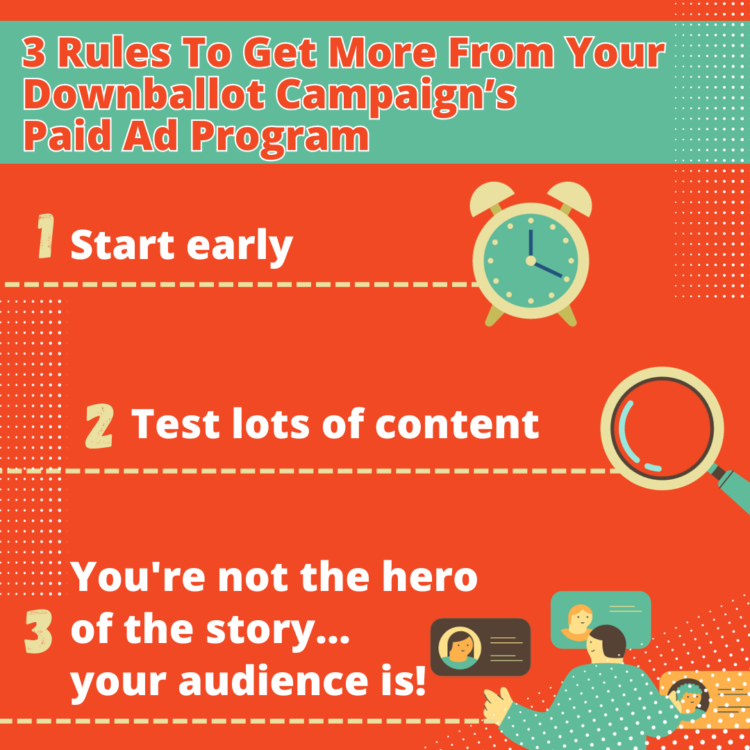
While I work with a lot of statewide races, and statewide and national political organizations, I do a ton of work with downballot progressive political candidates.
In some capacity or another, I’ve worked on dozens of Wisconsin State Assembly races alone. I’ve also worked State Senate races, on school board races, city council races… the list goes on and on.
I’ve worked downballot races in Wisconsin, Iowa, Georgia, Ohio, Pennsylvania… wherever good progressive candidates are trying to move their communities forward, my team and I are excited to help them do it!
For some campaigns, especially those without much of a budget, we simply consult on how the campaign can better manage their own digital program. For other campaigns, we serve as a full digital agency, managing their organic social media, their email program and their paid digital ads program.
Whether we’re managing their political campaign’s full digital program, or just consulting on it, when it comes to paid ads, our advice is always the same:
- Start early
- Test tons of content
- Remember that you (the candidate) are not the hero of the story… your audience is!
Let’s break it down.
Rule #1 — When it comes to digital ads for downballot campaigns (or really political campaigns of any kind), start early!
The primary purpose of digital ads for a downballot campaign is to raise name ID of the candidate.
Nothing replaces canvassing or meeting voters in person. But you, the candidate, even with a team of volunteers, can’t meet everyone. Which is why you invest in yard signs. And merch. And flyers. And all that fun stuff. You just need people to know that you exist.
While Facebook is FAR from a perfect platform, in my opinion there is no cheaper or more effective way (at the moment) to raise name ID for a downballot candidate than to run Facebook ads (note: when you run Facebook ads correctly — ie through Facebook’s Ads Manager — you are also running ads on Instagram).
In fact, for downballot races, I typically won’t spend on digital ads anywhere other than Facebook unless a candidate’s ad budget is more than $3000 a month (this can obviously vary based on the size of the campaign’s electorate, but it’s a helpful one-size-fits-all starting off place).
If you start running ads 10 days before Election Day, you can help the campaign. But only a bit.
I’d rather spend less money over a longer time period, than a ton of money right at the end.
One of my first political jobs was as Digital Director on a Governor’s race. The campaign had 30 full-time field staff, give or take. We spent millions of dollars on TV.
Our campaign manager said something that stuck with me:
TV ads don’t win elections. TV ads get people to open the door when a volunteer or field staffer knocks.
Over the years, I’ve come to find we can do the same with Facebook ads… for a tiny fraction of the budget.
Last cycle, I was working a State Assembly race in Wisconsin. My candidate was running in a crowded primary. He was somewhat well known in his own neighborhood, but his district was geographically (and culturally) massive! It spread across urban, suburban and rural areas.
Some of the folks in the urban and suburban areas knew the candidate (he was already a locally elected official). But the folks in the rural areas had definitely never heard of him.
We started spending — months before Election Day — following the three rules I laid out above.
He was canvassing throughout the district and he would regularly report back that he’d go to neighborhoods he’d never been to before, and not only would people open the door, they would report to him that they were already voting for him.
What? How?
Facebook ads!!!
Sound ridiculous? It’s not!
They hadn’t met him, but they kept seeing him in their Facebook (and Instagram) feeds (per Rule #1), with loads of different content (per Rule #2) all advocating for their needs (per Rule #3).
People he had never met had not only heard of him… they were planning to vote for him!
I got such messages from him a few times a week leading into Election Day.
And guess what – he got around 50% of the vote in a 4-way race!
Not bad for some Facebook ads!
Rule #2 — Test a ton of content
One of the primary benefits of Facebook ads is the ability to A/B test to the nth degree.
With most ads — TV, radio, magazine, billboard, whatever — you can ask your friends and advisors what they think about your creative before it goes live. But once you pull the trigger, that’s it! You can’t edit a TV spot once it’s running.
Not so with Facebook ads!
With Facebook ads, you can put up an ad for $100, track its success and turn it off after $30 spent. Or $3! With other advertising options, you are committing to spend whatever you are committing to spend. With Facebook, you can edit your budget at any time — no commitment required.
I recently ran the paid digital advertising program for a City Council election in Cedar Rapids, Iowa. There were three candidates vying for two open seats. My candidate was not an incumbent, the other two were.
We ran this simple but effective strategy, and he won!
This was a city council seat in a small town — want to guess how many different ads we had running throughout the lifetime of the campaign?
I see so many campaigns — even congressional ones — put up a single piece of creative and run it forever.
For this small downballot race, we ran dozens of different ads. Dozens!
I’ve run larger races with bigger budgets where we A/B tested literally hundreds of different ads!
This is not a vanity exercise. We run lots of ads because we don’t always know what is going to work.
If I give Facebook one piece of creative to work with, the results will be what they will be.
If I give them many different pieces of creative, updating and iterating throughout the lifecycle of the campaign, the results will be… better.
Without question.
Rule #3 — You are not the hero of the campaign… the voter is!
In my experience, the biggest mistake most campaigns make when it comes to paid digital (or really just digital in general), is they make the candidate the hero of the story. But guess what — no one cares about you. They care about themselves!
This isn’t to say you shouldn’t be featured in your ads, in photos, graphics and videos. It’s to say that the campaign needs to be centered around the electorate, not the candidate.
I regularly check out the Facebook Ad Library. I’m amazed how many campaigns (downballot and otherwise!) struggle with this.
If they are running ads at all, it’s typically a single ad. Which fails Rule #2. And whether it’s one ad or many, so many programs are 100% focused on lifting up the candidate. Thus failing Rule #3.
And I get it. You’re spending money to raise your profile. It has to be about you. Right?
It does not!
Because while your mom and your closest friends might be willing to share every single piece of content they see about you talking about how great you are, the average person will just move on.
But if every piece of content they see from you is centered around making their life better… well now you’re not some person running for office, now your someone they want to engage with.
There’s a concept in marketing that you shouldn’t promote the product, instead promote the benefits. Red Bull doesn’t sell energy drinks — they sell adventure! Airbnb doesn’t advertise rentals, they push freedom. GoPro doesn’t market cameras, they promise experience.
I recently heard a cool metaphor for this: you know how in Super Mario Brothers, you can eat a magical flower and then can shoot fireballs? Don’t talk about the flower 🌹 — talk about the fireballs ☄️!
It’s true with products and it’s true with candidates.
People loved Barack Obama because he was cool and interesting and had a great story. But it was never “Yes I Can.” It was always “Yes We Can.”
His campaign was always centered around how we, the people, could come together and build a better future.
If you’re already a well-known beloved celebrity, you can ignore this rule (though you still shouldn’t!). For everyone else, remember: you aren’t the hero of your campaign. The voters are!
Don’t promise you can fix everything. Let the voters understand that you are struggling with the same issues. Highlight problems, talk about solutions.
Put simply: let folks know why this campaign matters… to them.
That’s it! That’s the paid digital playbook I run for downballot campaigns. I’ve run it for quite a few statewide races as well.
Hopefully it helps you win your election. But for sure, it will help you move your campaign’s digital program forward significantly.
Need help implementing any of the above rules into your own political campaign? Or help with anything else as you are trying to win the internet (for an election or anything else)? Hit me up.
My team and I would love to help.
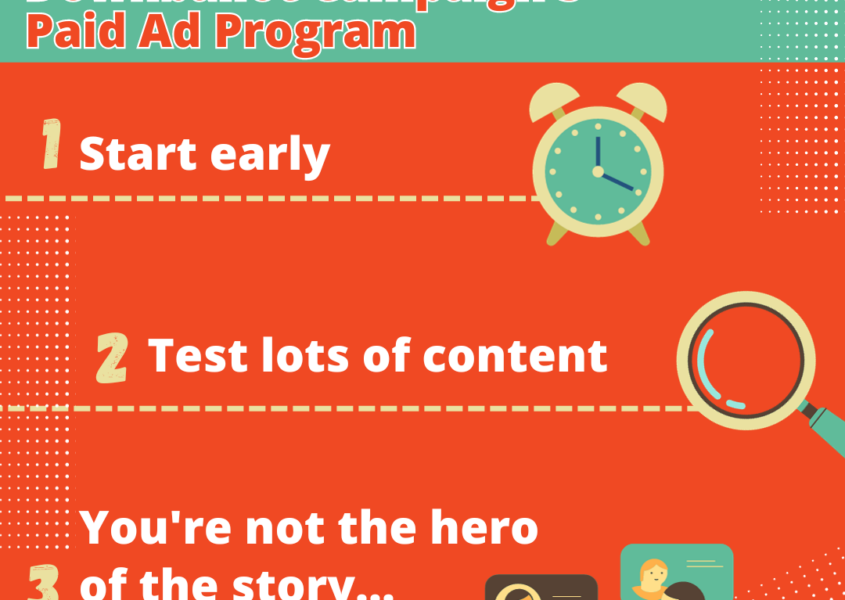

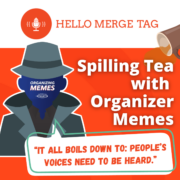
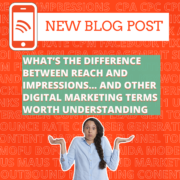
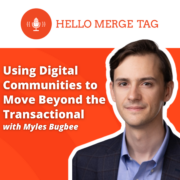
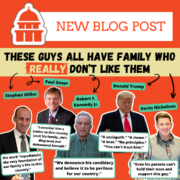
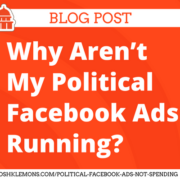

Leave a Reply
Want to join the discussion?Feel free to contribute!